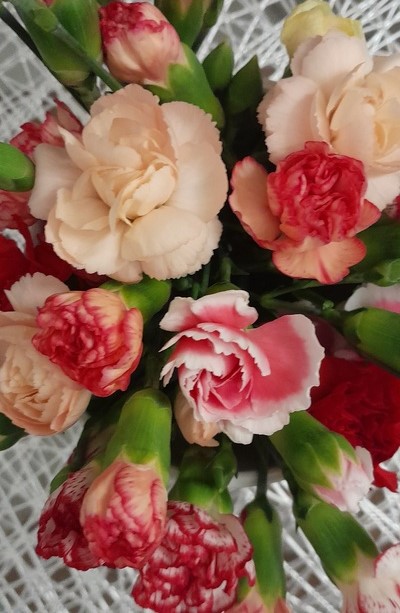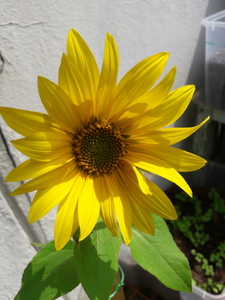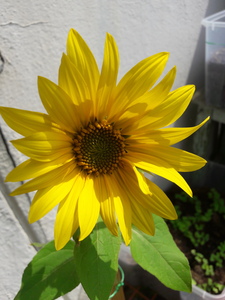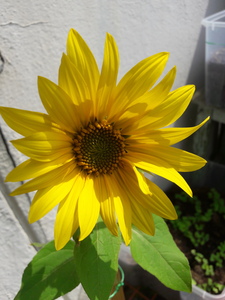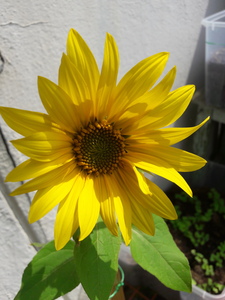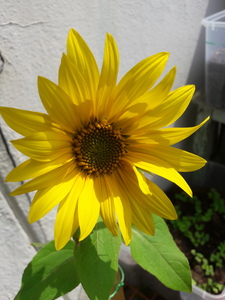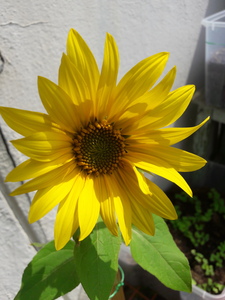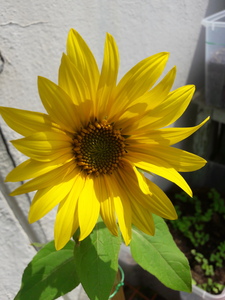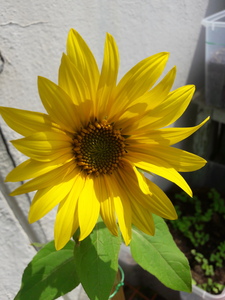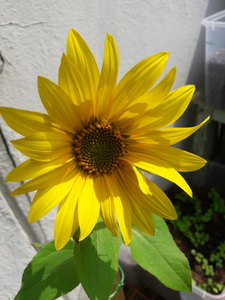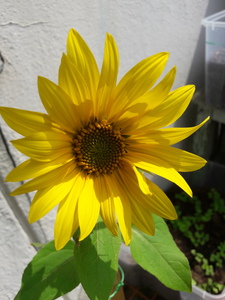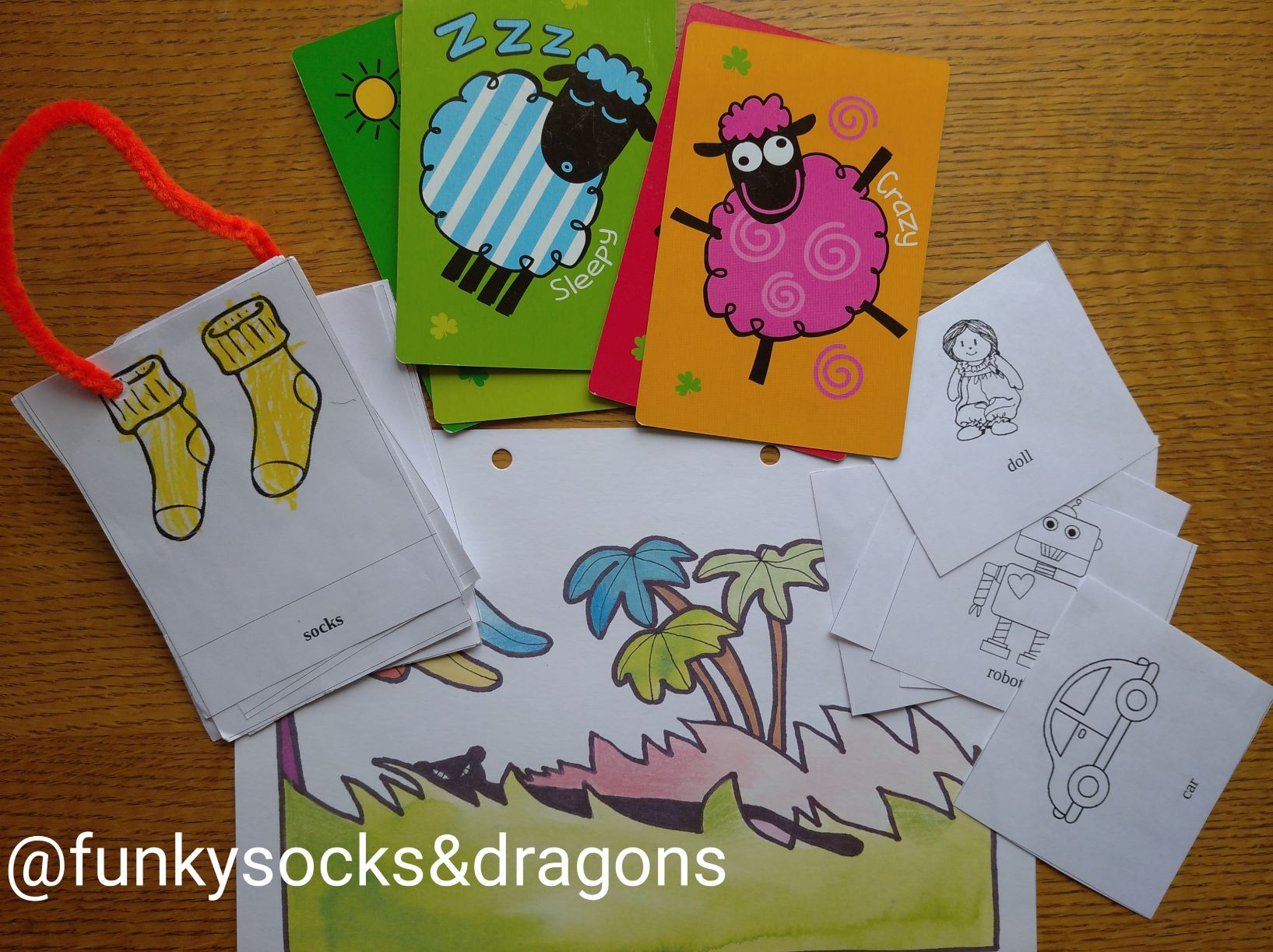One hundred.
It is the number of
things in which you can manipulate the set of flashcards during the lesson and
call it ‘a game’. That means that to teach, to introduce and to practise, to
have fun and to change activities fast not to lose kids attention you really only
need a set of flashcards and a table or a carpet. No more.
That means that you can
mix and match, engage the kids and keep them involved for hours on end. Almost.
But before I take on
the challenge of typing all those 100 up, here are the staple ten. The basics
of the basic, the everyday. Five to practise receptive skills and five to focus
productive skills.
Imagine that you have drilled all your words already (this will be another post, too!)
1. Finger up! (group)
Put all the flashcards
face up on the table. Ask the kids to show you the indicative finger and put
the hand up. This will be your punctuation mark here. Say ‘Finger up’ and all
the kids and the teacher put their hands up, with the indicative finger out.
Say ‘Touch the banana’ and encourage all the kids to lower their hands and put
the finger on the banana flashcard. Then again say ‘Finger up’ and repeat with
other words.
It is a great game
especially for the beginning of a new unit or the beginning of the course as
the kids will be basically following what you are doing and doing the same
thing at the same time.
Variations: You can include different verbs i.e. pat the bananas,
scratch the bananas, knock, stroke, etc.
Production: After a while, regardless of the variation, you let them lead the game and they are…producing!!!!
2. Yes and No (group)
Put all the flashcards
face up on the table or on the carpet. Use your favourite punctuation mark.
Point at one of the cards (banana) and ask ‘It’s a banana.’ ‘Yes?’, when kids
start answering, by nodding or using their L1, provide the English word ‘Yes!’ and
encourage them to repeat. Don’t forget to nod your head here. Point at another
card (grapes) and ask ‘It’s a banana’ Yes?’ when the kids start answering,
provide the English word ‘No!’ and encourage them to repeat. Don’t forget to
shake your head. Repeat with the other words. The first time you play, it might
be a good idea to use only singly words, to make sure that the rules of the
game are perfectly clear but you can quickly start using full sentences, in
singular and in plural, to model the language. There is no need to make things
overtly simple.
Variation: Depending on the topic, it is a good idea to use the
structures, too, for example with fruit: I like bananas (and picking up the
banana flashcard), clothes: I am wearing jeans (picking up a t-shirt), I’ve got
a kite (toys flashcards or pets) etc. This way they are not only going to learn
to recognise the key words but they will be practising listening for detail
with more challenge and getting a lot of exposure of the target language.
Production: After
a while, regardless of the variation, you let them lead the game and they
are…producing!!!!
3. Apple, please (group)
Give out all the
flashcards, one per child. Use your punctuation mark and say ‘Apple, please’.
Reach out your hand, towards the child who is holding the apple (if you can see
who it is😊). After you have received it, say ‘Thank you’ and ask
for another fruit. After a few rounds, add ‘Here you are’, too.
Variation: If you have a big group, you can ask for two words at
the same time. Using a full question form is a good idea, too ‘Can I have an
apple, please?’ All the flashcards on the carpet or on the table, and with
calling the kid’s name to ensure that everyone gets a chance to play and that
they don’t fight over cards.
Production: After a while, regardless of the variation, you let
them lead the game and they are…producing!!!!
4. The duo (individual students)
Sit in a circle, put
two cards on the carpet ie a banana and an apple, in a place where everyone can
access them. Say ‘Masha, it’s a banana’. Masha picks up the banana flashcard
and puts it away. Add another flashcard so that there are always two ie an
apple and a pear. Say ‘Katia, it’s a pear’, Katia picks up the pear card and
puts it away. The teacher adds another card etc.
Variation: You can change and vary the structures, even with the
same set of flashcards i.e. with fruit: it’s a pear, I like pears, I don’t like
pears, pears are green and so on. You can also ask the students to leave the
flashcards that corresponds with the sentence and take away the incorrect one.
Production: After the kids have learnt how to play the game,
nominate two students, they make simple sentences for each other. Then, another
pair etc.
5. Get up! (pairs or trios)
Give out the flashcards
to students, one per person. Go around the circle and call out all the words,
one by one, slowly. Use your regular punctuation mark for starting an activity*
and play the game. Call out two of the words (‘banana’ and ‘apple’) and motion
the kids to stand up in the circle. Praise them and ask them to sit down. Call out
two other words, wait for the kids, praise and ask them to sit down. Repeat
with any combination you see fit. Then start calling out three words or even
four. Kids listen and get up.
Variations: If it is a revision activity and they know the
vocabulary, they can be holding two or even three cards.
If they already know a
structure, instead of using single words, the teacher can use them in a
structure, either very simple and generic ‘I can see a banana and an apple’) or
something more connected to the set of vocabulary that you are practising ie I
like bananas and apples.
Instead of getting up,
the kids can also raise a hand, stamp their feet or clap their hands.
Production: After
a while, regardless of the variation, you let them lead the game and they
are…producing!!!!
6. Open your eyes (the group)
Put all the cards on
the table or on the carpet, encourage the kids to call out all the words. Say
‘Close your eyes’ and make sure that they all cover their eyes, turn over one
of the cards. Say ‘Open your eyes’ and call out all the words, in the end point
at the card that has been turned over. After they guess, make sure everyone
says the word out loud. Repeat.
Production: Let the kids take turns to lead the game.
7. Mime it! (whole class)
Very easy if you start
preparing kids for it while introducing the vocabulary and helping them
associate each word with a gesture.
Pick up one of the
flashcards, say ‘3…2…1!’ and show the word for the kids to guess. Encourage
them to produce a full sentence i.e. ‘It is a cat’. Let the kids lead the game
as soon as possible!
Variations: If you have introduced some of the simple adjective
you can start miming sentences. Pick up two flashcards (differentiated either
by colour or size, to make it all go smoothly), say ‘3…2…1’ and mime the
adjective and then the noun. Kids produce the sentence ‘It is a funny cat’ etc
and it is quite likely that most of the sentences will be a bit ridiculous (but
memorable).
8. Merry-go-round (group)
Start with one
travelling flashcard. Have the kids sit or stand in a circle. Give the student
on your left one of the flashcards, encourage and motion for them to pass the
card to the student on their left. Let the card travel, then say stop
and ask the student who is holding it to say the word out loud. Repeat a few
times for them to get used to the idea.
Start the game all over
but keep adding cards so that there are a few of them travelling. Say stop and
have the kids call out the word they are holding at the moment.
Variations: There is a lot of potential for producing full
sentences as soon as the kids get the idea and the key structure used will be
related to the vocabulary, i.e. ‘I like’ with fruit, ‘I am wearing’ with
clothes, ‘I can’ with verbs, ‘I’ve got’ with pets or toys, ‘I go to school by’
with transport etc.
This is also a great
opportunity to teach the kids the word ‘nothing’.
9. Disappearing words (whole class)
Put five flashcards in
a row, on the floor or up on the board, go from the beginning and call out all
the words. Ask the kids to close their eyes and turn over the last card in a
row. Call out all the words from the first one, in the same order and when you
get to the last one, pause and wait for the students to say / shout / whisper
the last word. Check quickly if they were right, show the cards to the kids,
put it up covered again.
Ask the kids to close
their eyes and turn over the last but one card. Ask the kids to open their eyes
and call out all the words starting from the first one. When you get to the
last but one, pause and wait for the kids to say the word, then the same with
the fifth one. Proceed until all the words are covered up.
Variation: To help the kids remember, you can use a different
gesture for each card, it can be either something related to the meaning of the
word ie by miming the words or something that will help them remember ie
knocking at the card, snapping, touching, clicking fingers, stroking it.
If you teach a big
group, you can divide the class into two teams, one team will be holding the
cards, one each, the other team will be guessing the words.
It might be also a good
idea to use a full sentence ie I like to eat bananas, apples, peaches, plums
and grapes, instead of single words.
10. Secret word! (whole class, pairs)
Revise the flashcards
that you are going to be playing with so that the kids have a chance to become
familiar with the images, the set of words and the colours. Then hold the
flashcards to your chest. Ask ‘What’s the secret word?’ and model ‘Is it a
kite?’ ‘No’. ‘Is it a doll?’ ‘No’ etc.
Variations: When they are playing the first time, they are quite
likely to give you only separate words but it is worth encouraging them to
produce full questions. You can either use ‘Is it…?’ or ‘Have you got…?’
Production: After a while, the students are given a chance to
lead the game, first a student vs the rest of the group, later on in pairs,
too.
*) ‘Punctuation marks’ are all the signals that the teacher uses to announce a start of a new activity. It can be clapping of the hands, it can be counting down from 5 to 1, it can be a bell, it can be snapping your fingers, it can be a chat ‘1, 2, 3! Eyes on me!’
Happy teaching, everyone!



